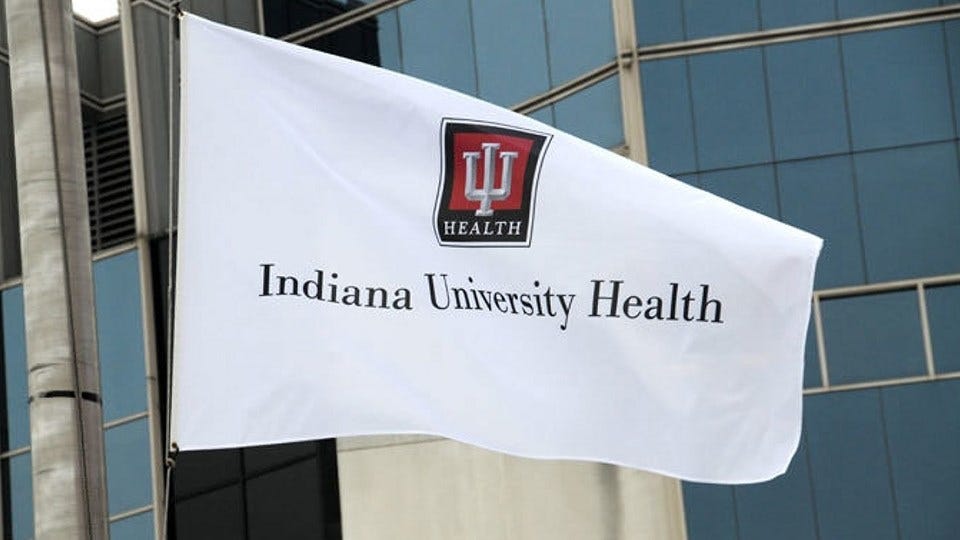IU Health Outlines $1B in Community Health Initiatives
Subscriber Benefit
As a subscriber you can listen to articles at work, in the car, or while you work out. Subscribe Now
Indiana University Health has unveiled $1 billion in investments for statewide community health initiatives. The health system says the effort is part of a “renewed commitment to price affordability for its patients.”
The plan was recently approved by the IU Health Board of Directors. The health system says the plan will bring its hospital pricing to the national average for commercial insurance by the end of 2025.
As part of the plan, IU Health says it will invest $500 million for health-related community development in the neighborhoods surrounding its downtown Indianapolis campus. Another $400 million will “support innovation advancing the strategic healthcare priorities of IU Health and its key partners.”
The final $100 million will be contributed to the IU Health Community Impact Investment Fund.
“The new initiatives will not only reduce costs for patients, payers and taxpayers through our pricing affordability plan, but improve our communities through significant investments in public health aimed at keeping people healthier and out of the hospital,” said Chief Executive Officer Dennis Murphy. “We will also need to focus on the other drivers of healthcare costs – such as low public health funding and cigarette tax rates, utilization rates of health care services, insurance costs — if we are serious about controlling healthcare costs in Indiana.”
IU Health says it is in the early stages of partnering with stakeholders to allocate the funds over multiple years in the “most impactful way.”
Our partners at the Indianapolis Business Journal report IU Health charges the highest hospital fees in the Indianapolis area. A 2020 study by the RAND Corp. found the health system was charging private health plans 333% higher than what it charged Medicare.
IU Health said in December it was freezing prices to bring itself in line with national prices.
The health system also announced its operating income fell to $161 million last year, a 75% drop compared to the previous year. Meanwhile, operating expenses rose nearly 20%, driven largely by labor costs.
